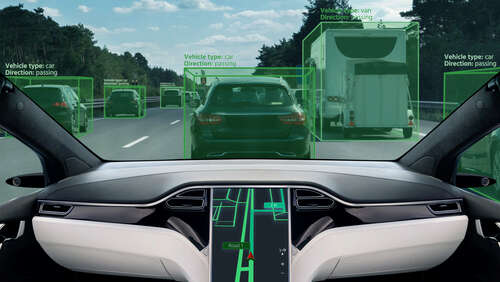
Waymo, an autonomous car service, allows commuters to get around three major metropolitan areas without human intervention. Cruise is another driverless ride service that was operating in San Francisco but has temporarily paused operations to focus on improvements. These two companies offer a level 4 autonomous car, which is the most advanced example of the technology that the general public can currently access.
But it’s not only robotaxis that are integrating autonomous tech. Several automakers offer advanced driver support systems, including a range of assistance features. For example, Honda’s Sensing technology includes Collision Mitigation Braking System, Road Departure Mitigation, Adaptive Cruise Control, Lane Keeping, and more.
Some of these features alert the driver, while other more advanced systems will take autonomous action if needed. More complex autonomous assistance is available with collision avoidance technology, which detects an imminent crash and applies emergency braking if the driver doesn’t react.
There are even more impressive self-driving options, like the General Motors Super Cruise system, which has the car to do most of the work. A Cadillac with Super Cruise can maintain its position in the lane, keep a safe distance from other vehicles, and steer independently without driver input.
However, Super Cruise won’t work correctly if there is road construction; not all roads are compatible, and GM warns against using it during adverse weather, among other limitations. Plus, GM and other automakers with similar technology, such as the Autopilot from Tesla, require drivers to supervise the car during autonomous operation.

